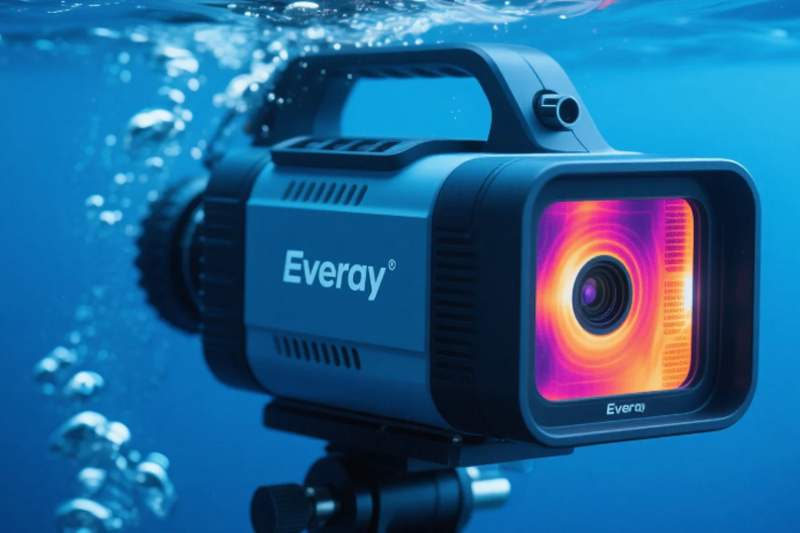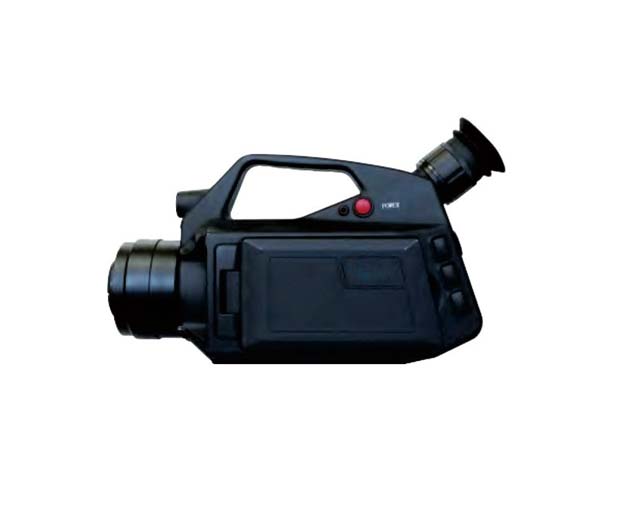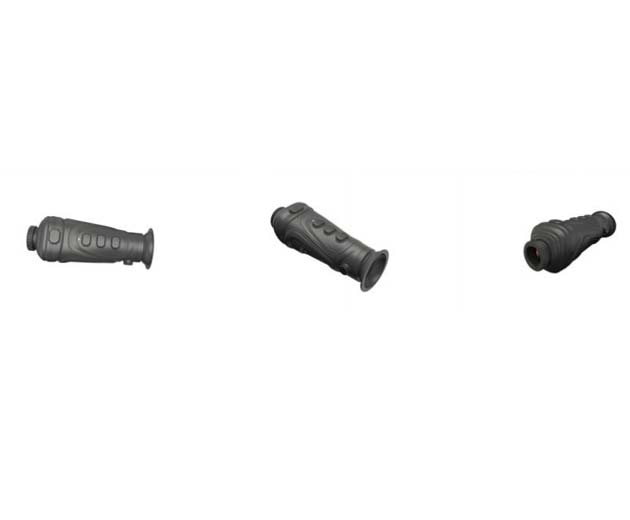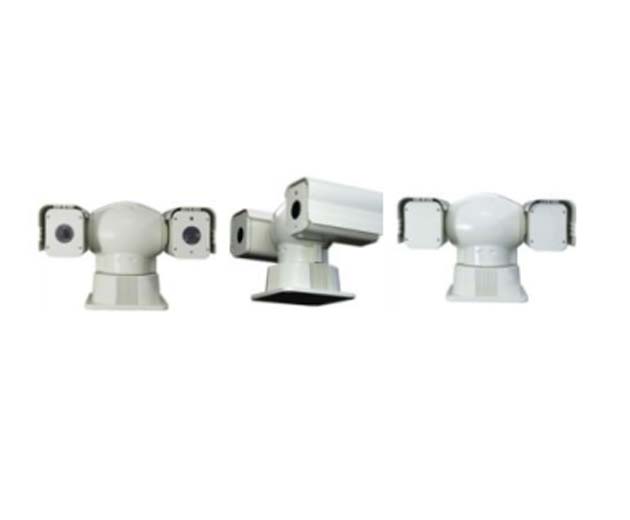Underwater thermal cameras are invaluable tools for capturing and visualizing heat signatures in water. They enable a wide range of applications, including marine research, search and rescue operations, and underwater inspections. In this blog post, we will explore how a underwater thermal imaging camera work to capture and display heat signatures in the challenging underwater environment.

Overcoming Water's Absorption of Infrared Radiation
Does thermal imaging work underwater? Water has a high absorption coefficient for infrared radiation, which poses a significant challenge for underwater thermal imaging. To capture heat signatures in water, underwater electrical thermal imaging camera utilize specialized lenses and coatings that maximize the transmission of infrared light through water. These components help overcome the attenuation caused by water, allowing the infrared camera underwater to detect and capture the infrared radiation emitted by objects.
Utilizing Infrared Sensors
Underwater thermal imaging cameras are equipped with infrared sensors called microbolometers. These sensors are highly sensitive to infrared radiation and consist of an array of tiny heat-sensitive elements. When exposed to infrared radiation, the microbolometers absorb the heat and generate an electrical signal proportional to the temperature of the detected objects. The camera's electronics process these signals to create thermal imaging camera images.
Translating Temperature Differences into Visual Representations
Once the infrared radiation is detected by the microbolometer array, the underwater thermal imaging camera processes the electrical signals and translates them into a visual representation. Advanced algorithms and image processing techniques are applied to enhance the contrast and details of the captured thermal image. The different temperatures detected by the microbolometers are assigned specific colors or shades, creating a temperature-based color palette that is superimposed onto the image.
Displaying Thermal Images
Underwater thermal imaging cameras feature built-in screens or viewfinders that display the captured thermal images in real-time. These screens allow users to observe the temperature variations and identify hotspots, cold spots, and objects of interest underwater. Additionally, many cameras offer the option to record the thermal images for later analysis or transmit them to external devices for further examination and documentation.
Interpreting Heat Signatures
Understanding and interpreting the heat signatures captured by underwater thermal imaging cameras require knowledge of the objects' thermal properties and the environment. Hotspots may indicate the presence of underwater volcanic activity, thermal vents, or heat dissipation from equipment. Cold spots can signify underwater currents, thermoclines, or cooler marine life. With experience and expertise, users can analyze and interpret the thermal images to gain valuable insights into the underwater environment and make informed decisions based on the detected heat signatures.
Can infrared see through water?
Thermal cameras primarily detect infrared radiation emitted by objects, but water poses challenges to this process. In clear and shallow water, some limited penetration may occur, allowing thermal cameras to see through to some extent. However, as the depth increases or water becomes turbid, the effectiveness of thermal imaging underwater diminishes.
The absorption and scattering of infrared radiation by water molecules impede the seamless visibility through water. While advancements in technology continue, achieving a truly seamless thermal imaging experience underwater remains a complex task. Ongoing research aims to address these challenges and enhance the capabilities of thermal cameras in underwater environments.

Do thermal cameras work underwater?
Water interferes with the infrared signals captured by thermal cameras, disrupting their functionality. Achieving a seamless integration of thermal imaging in underwater environments is hindered by the properties of water, impacting the cameras' ability to detect temperature differences and provide reliable imagery.
While there may be specialized equipment labeled as "underwater thermal cameras" for specific applications such as marine research or industrial inspections, these solutions are often tailored for particular use cases. The challenge lies in adapting thermal cameras to function seamlessly in the diverse and dynamic underwater conditions. Ongoing advancements in technology may lead to more specialized solutions, but achieving universal effectiveness of thermal cameras underwater remains a complex and evolving area of exploration.
Underwater thermal imaging cameras employ specialized lenses, coatings, and infrared sensors to capture and display heat signatures in the challenging underwater environment. Overcoming water's absorption of infrared radiation, these cameras translate temperature differences into visual representations and provide real-time thermal images for immediate analysis. By utilizing advanced algorithms and image processing techniques, everay energy underwater thermal imaging cameras enable users to gain valuable insights into underwater environments, facilitating marine research, search and rescue operations, and various underwater inspections.




